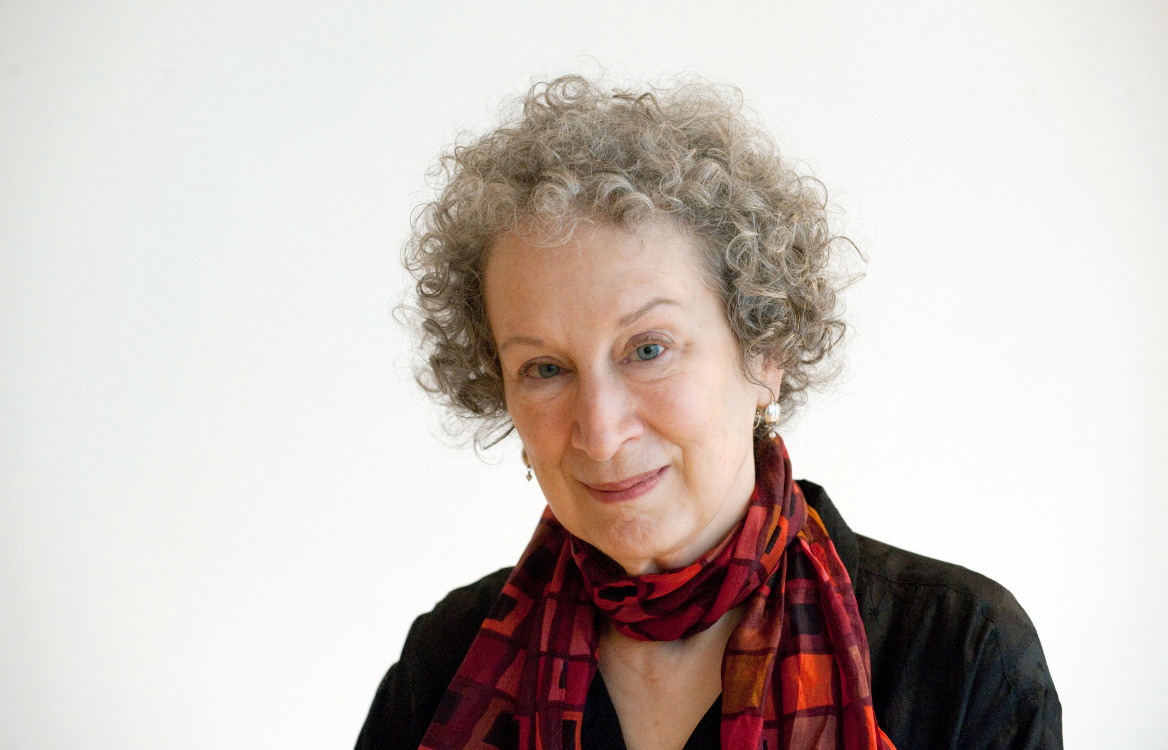Canada
Why They Hate Margaret Atwood
And yet, this being the bizarro world of 2018, Atwood’s role in Rak’s University of Alberta event wasn’t as a feminist heroine.

On March 9, a University of Alberta English professor named Julie Rak headlined a speaking event that was billed as a showdown on the issue of “bad feminism.” A promotional poster done up in a boxing motif included a picture of Rak on one side, and legendary Canadian author Margaret Atwood on the other.
If you live outside Canada, and recognize Atwood as the author of such renowned feminist works as Cat’s Eye, you might assume that she’d be representing the side of sound feminist doctrine in this metaphorical bout. As literary critic Carmine Starnino once noted, Atwood is the “best-known English-language novelist of contemporary sexual politics.” She more or less invented the modern Anglo Canadian feminist fiction genre, specializing in what Starnino aptly describes as “salty post-Freudian satires on gender inequalities, the oppressiveness of marriage and the historical animosity of women.”
In the 1980s, when I studied North American Literature as a high school elective, Atwood was the only writer with two books on our reading list. She also was the youngest writer on that list by a significant margin. Decades later, when I acted as her editor for a 2016 book about the French presence in North America, she was just as sharp and witty as I’d hoped. (In response to her complaints that my edits were too severe, I feebly protested that I’d “left the bones where they were, and just moved around some of the skin and hair.” To which she replied that “all bones look much the same. The hair and skin are what make us recognizable.” It’s always a thrill when your heroes put you in your place.)





